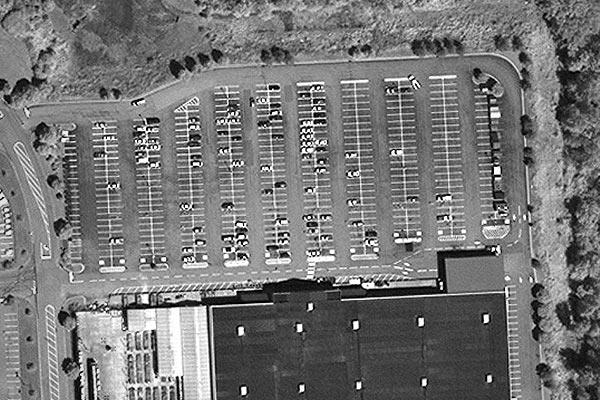 There has been some relatively good news regarding consumer spending lately…consider these tidbits:
There has been some relatively good news regarding consumer spending lately…consider these tidbits:
- The Conference Board Consumer Confidence Index which had declined in July, improved moderately in August — source.
- We did not see a significant decrease in back-to-school spending despite the continued concerns over the economy — source.
- There is strong evidence that firms who are focused on their core customers continue to prosper — source.
- The demand for lawn and garden consumables like fertilizers, pesticides, growing media, seeds, mulch, etc. are expected to increase by 3.4 percent per year through 2014 — source.

 Currie purchased his analysis from a small two-year old Chicago-based firm called Remote Sensing Metrics LLC, which had scoured satellite images of more than 100 Wal-Mart stores chosen as a representative sample. By counting the cars in Wal-Mart’s parking lots month in and month out, Remote Sensing Metrics analysts were able to get a fix on the company’s customer flow. From there, they worked up a mathematical regression to come up with a prediction of the company’s quarterly revenue each month.
Currie purchased his analysis from a small two-year old Chicago-based firm called Remote Sensing Metrics LLC, which had scoured satellite images of more than 100 Wal-Mart stores chosen as a representative sample. By counting the cars in Wal-Mart’s parking lots month in and month out, Remote Sensing Metrics analysts were able to get a fix on the company’s customer flow. From there, they worked up a mathematical regression to come up with a prediction of the company’s quarterly revenue each month. Another graph from EconompicData shows the strong building material and garden supplies category:
Another graph from EconompicData shows the strong building material and garden supplies category: